
Six years ago, Greg Lellouche called me to say he’s starting a new online store called No Man Walks Alone (today a sponsor on this site). I remember being excited about it because Greg has a uniquely open-minded view on men’s style. Even today, most shops are singularly focused on prep, workwear, or the avant-garde – they push a very specific look. No Man Walks Alone mixes all three in a way that feels natural.
In a recent interview at Handcut Radio, Greg says he thinks streetwear has had a positive influence on menswear, at least on balance. “I like how streetwear has liberated men from the idea of a uniform. They can wear crazy printed pants with an old sweatshirt from high school and not feel ridiculous about mix-and-matching different perspectives. By broadening the scope, it’ll eventually trickle down to a mainstream way of dressing, and it’ll bring a bit more freedom and individuality to men’s style.” That open-mindedness probably explains why you can find everything from Italian tailoring to Japanese workwear to the avant-garde at his shop.
To celebrate their sixth anniversary, No Man Walks Alone is offering a 20% discount if you use the checkout code sixyears. The promotion is running until this Tuesday, October 22nd. Here are nine things in the store I’ve been admiring.

No Man Walks Alone x Sartoria Carrara
No Man Walks Alone’s new in-house tailoring line is made in Italy by Sartoria Carrara, a small factory that has been producing private-label tailoring for about twenty years for various high-end brands. A few years ago, Patrick Johnson took a 50% interest in the business and has been using it for their higher-end range. No Man Walks Alone’s coats are fully canvassed but feature a little less handwork than their Sartoria Formosa tailoring (which is entirely benchmade). Instead, these are mostly machine sewn with handwork only where it counts most (e.g., hand-cut pattern; handsewn armhole, gorge, and collar; and handsewn lapel buttonhole).
“We went through four rounds of prototyping to adjust the block, so it suits what I consider a US standard fit,” Greg tells me. “We tried to not mess with their styling too much, except for killing the lapel belly that they tend to put on their jackets. I wanted to keep their house style, as I like that it’s not a caricatural Neapolitan look. The gorge is a little lower, the lapel is not out of proportions, and the length is right.”
Friends of mine who have seen the line in-person say it’s impressive, especially for the price. Sport coats are about $1,400 and suits are just $300 more. I’ve only seen the line online, but I like the styling. The coats have that distinctive Italian look that gives them some verve, but they don’t veer into the hashtag menswear style that has come to dominate Instagram. For guys who are looking for a successor to Eidos, this could be it.
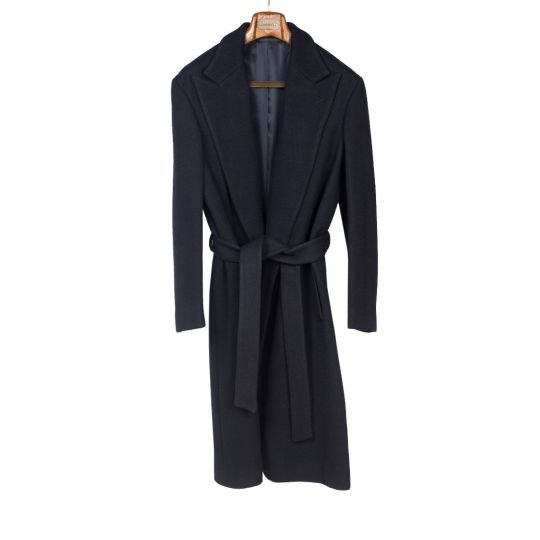
Camoshita’s robe coat is loosely based on the wait coat, a predecessor to the polo coat initially worn between polo period matches. Original wait coats featured patched pockets, a wraparound construction, and a belted closure. This robe coat is somewhat similar, but the fit is much more modern.
Does it look like a bathrobe? Yes, kind of. Is it awesome? Absolutely. I often wear a Document robe coat in the fall, when the temperatures are cold but not frigid, with slim jeans and textured sweaters. It’s also good with wide-legged trousers for a contemporary look. Pair the outfit with side zip boots, Stan Smiths, or minimalist sneakers. Camoshita’s version features peak lapels, rather than Document’s shawl collar.
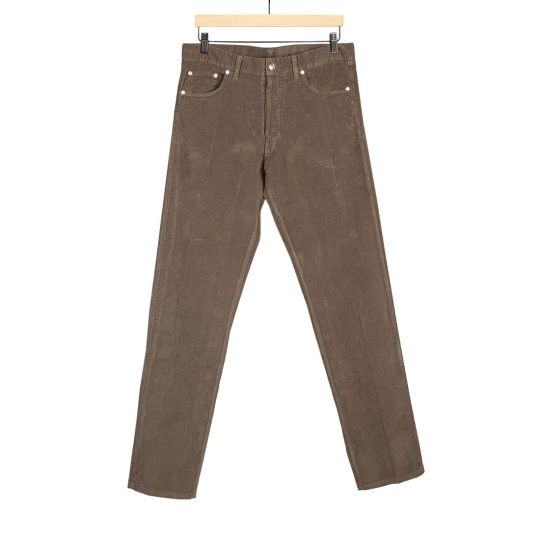
I’ve been really into five-pocket trousers lately as an alternative to jeans. They’re a little dressier than denim but more causal than tailored trousers, which makes them perfect for those in-between occasions (e.g., holiday parties and weekend evenings). Doppiaa’s are made in an ideal shade of brown. They have a grey cast that allows them to pair well with cooler colors such as navy and gray, which are likely staples in your wardrobe. Plus, this color, known as taupe, will make you look like a furry mole. Who doesn’t want to look like a furry mole?
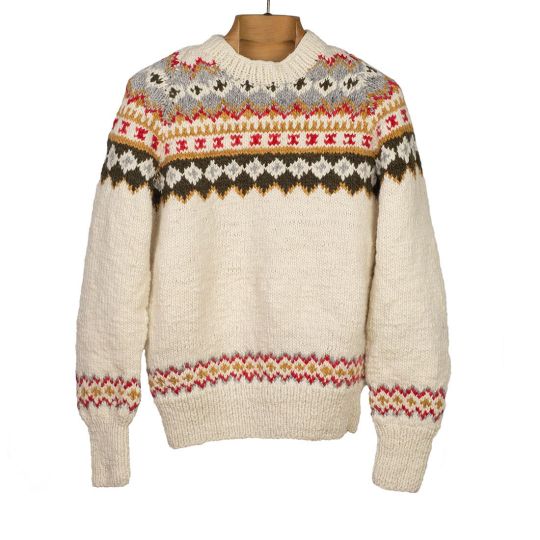
I love Yuki Matsuda’s approach to design. It’s offbeat and full of humor; it doesn’t take itself too seriously. Yet, it also relies on many of the Americana and workwear basics that many men will find familiar (and thus, be easy to wear). His sub-labels — Monitaly, Yuketen, Chamula, and Epperson Mountaineering included — are inspired by archival designs and vintage clothing without being overly literal. They also occasionally feature a bit of handwork. This Fair Isle sweater, for example, is hand-knitted by Native craftspeople in Mexico. It’s made from a plush, handspun merino yarn, which makes it softer than the Fair Isle Shetlands you may find in the UK. You can layer it under anything to add a bit of texture and pattern.
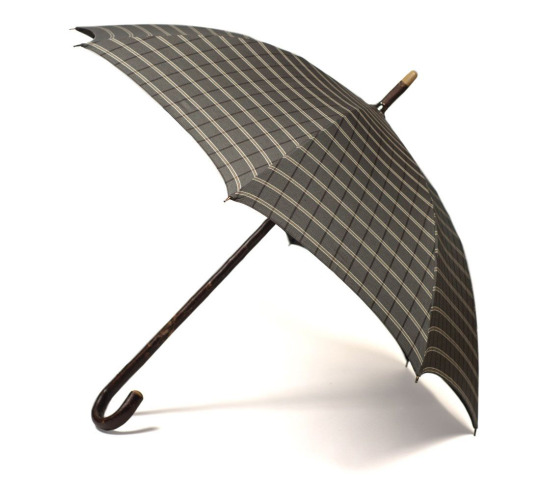
Most umbrellas today are produced inside of factories and, often, in lower-cost countries such as China. Mario Talarico works with his nephew, who is also named Mario Talarico, in the Spanish Quarters of Naples. Their umbrellas are made from a single piece of wood that has been steam bent to form a J-shaped handle. The umbrellas are sturdy and reliable, but you’re mostly purchasing for the craft. Few umbrellas today are handmade like this. Of those produced, Talarico’s are the only ones made in a tiny, two-man workshop. If I didn’t have a few already, I would pick up this one in a handsome plaid.
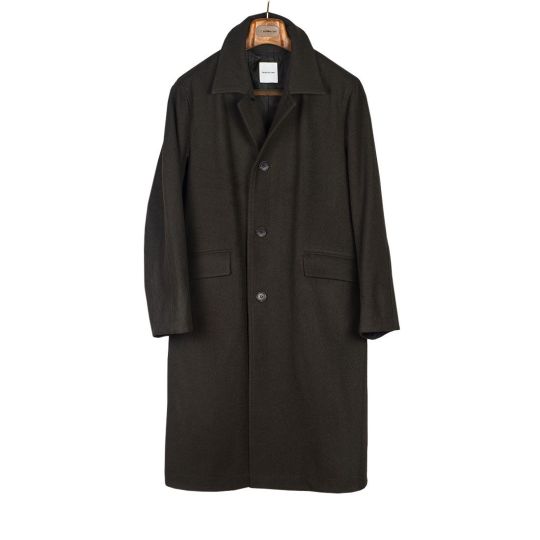
Some of Sage de Cret’s clothes can look a bit ordinary at times, even when you see them hanging on a rack in a store. But when you try them on, they feel so right — the silhouettes are well done, the details are stylish, and the fabrics are comfortable. I came across the line a few seasons ago at Reliquary, a local San Francisco shop, and walked away very impressed. This Melton wool overcoat features an A-line silhouette and a collar that looks good when popped from the back. It’s a simple piece, but the kind of thing you can throw on in the morning over a chunky knit and some jeans. Unlike lightweight overcoats, the material is hefty enough to lend its own shape.
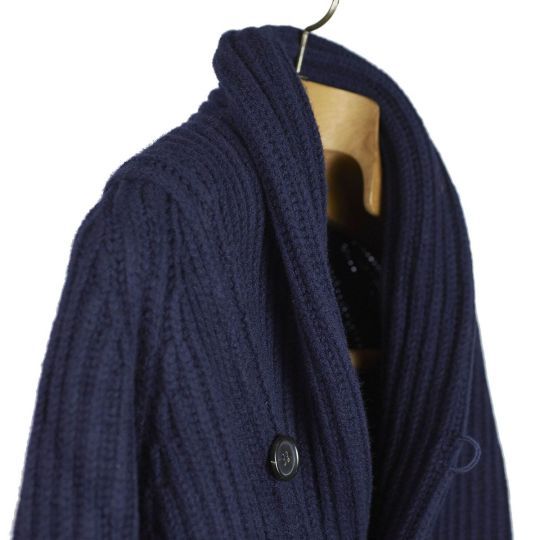
Scott & Charters Shawl Collar Cardigan
Scott & Charter’s cardigans aren’t inexpensive, but they’re a considerable step up from more affordable models. Cheaper cardigans are typically made with less wool, which means the shawl collar can be a little skimpy and flat. Scott & Charters’ version is a chunky, multi-ply lambswool knit with a collar that hangs like a thick roll of dough. I mostly wear mine around the house with jeans and a flannel shirt, but they’re also suitable for hanging out in the neighborhood. And during the holidays, they’re an excellent substitute for a tailored jacket when you’re entertaining guests. They’re slouchy, cozy, and unpretentious. Just consider sizing down, as these run a touch big.
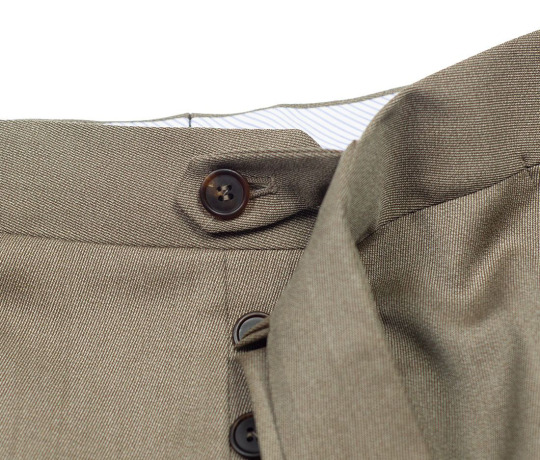
When it comes to value, it’s hard to beat Dapper Classics for trousers. Theirs are made in New York City by the Hertling company and run just a little north of $200. But if you’re willing to splurge a little, Rotas are terrific. The rise is a little higher, while still keeping the slim leg line you won’t find at many trad shops.
They’re also available in one of my favorite fall/ winter trouser fabrics: whipcord (the site says cavalry twill, but they look like whipcord to me). These hang like iron, swing when you walk, and stretch where you need. And since they’re hard-twisted worsteds, they tend to hold their shape better than flannel, which can bag over time and require repressing. For guys who find they often wear out trousers a bit quickly, tightly woven twills such as whipcord and covert will also be harder wearing than spongey woolens and Super wools. These in tan can be worn with anything from navy sport coats to brown tweeds to olive corduroy jackets. It would be hard to find a more useful winter trouser.
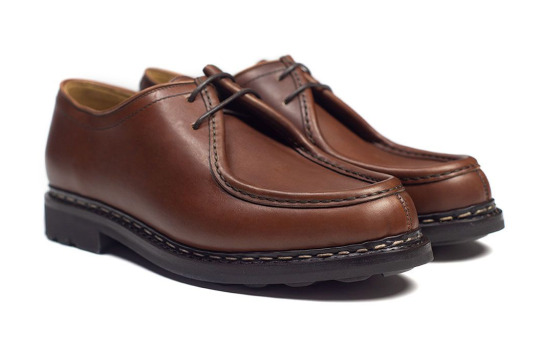
Browse through tailored clothing forums, blogs, and Instagram accounts, and you’ll see a stream of the same kind of shoe: often oxfords, sometimes derbies, made on shapely lasts and decorated with fiddleback waists. Those shoes can be beautiful in the right contexts, but Heschung’s Tyroleans are not that kind of shoe. They’re ugly. But I love them.
Tyrolean shoes were initially designed for tromping around Tyrol, a historical region of the Alps split between modern-day Austria and Italy. They’re mountain shoes — made for long walks with heavy Loden coats — but sometime in the 1950s, they gained broader appeal. The French apparently love them, as do the Japanese. The reason is simple: they’re comfortable and weatherproof. These are typically made with grippy soles, Norwegian welts, and heavy-duty leather uppers generously oiled with natural fats. That makes the leather a bit more water-resistant and pliable, perfect for the bellow tongues that are also designed to keep out water. The two-eyelet lacing system makes these an easy wet-weather shoe for when you don’t want to deal with boots.
Back when they were still publishing, the editors at Free & Easy used to include them in every issue. The funkier style went well with the kind of workwear-inspired clothes they liked to write about. With the right pair of slim pants and topcoat, they can also go with more casual forms of tailoring. These are a bit more directional than the other styles on this list, but if you find yourself gravitating towards brands such as Engineered Garments, they may be perfect for you.
